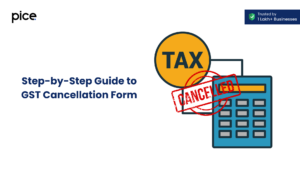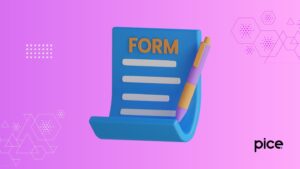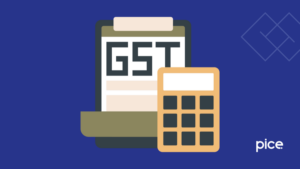What is GST Challan? Know Everything about it
- 23 Jan 25
- 9 mins
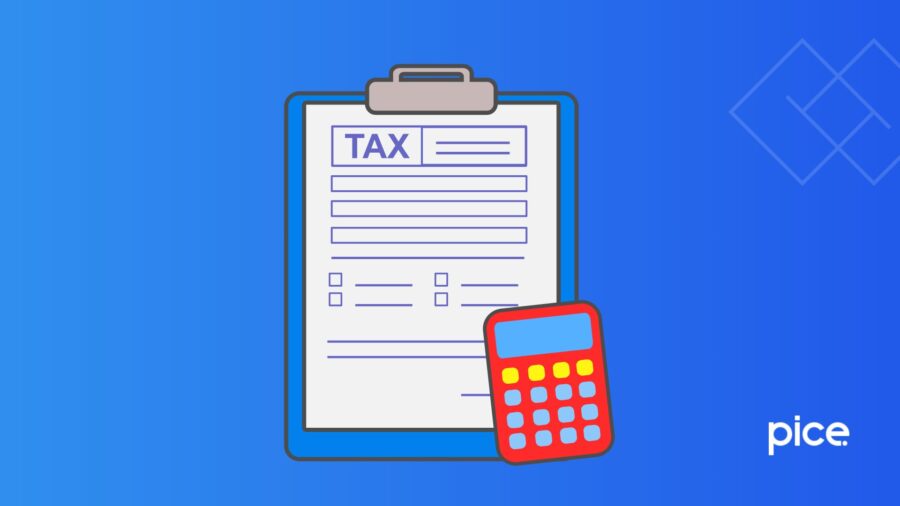
What is GST Challan? Know Everything about it
- What Is a GST Challan?
- Benefits of GST Challan Payment
- How to Generate GST Challan?
- How to Make GST Payment Online and Track the Status?
- GST Challan Payment Through Net Banking
- GST Challan Payment Through NEFT/RTGS
- How to Make Offline Payment of GST Challan?
- How to Search for Your Challan History?
- What Is the Time Limit to Complete GST Payments?
- GST Payment Due Dates for Different Taxpayers
- Interest Rate and Applicability on Late GST Payment
- Important GST Payment Forms
- Conclusion
Key Takeaways
- GST challan is essential for paying taxes, fees, penalties, and interest under GST law.
- Timely GST challan creation prevents penalties, late fees, and interest charges.
- GST payments can be made online, offline, or via bank transfers for convenience.
- Accurate GSTIN and payment details ensure smooth and error-free transactions.
- Track and download GST challans on the GST portal for compliance and recordkeeping.
GST (Goods and Services Tax) payment within the due date is essential for taxpayers to avoid penalties and additional interest. It also ensures taxpayers' compliance with GST laws for smooth business advancement. However, GST challan generation is the first simple step to making GST payments. Learn how to generate a GST challan to make GST payments within due dates.
What Is a GST Challan?
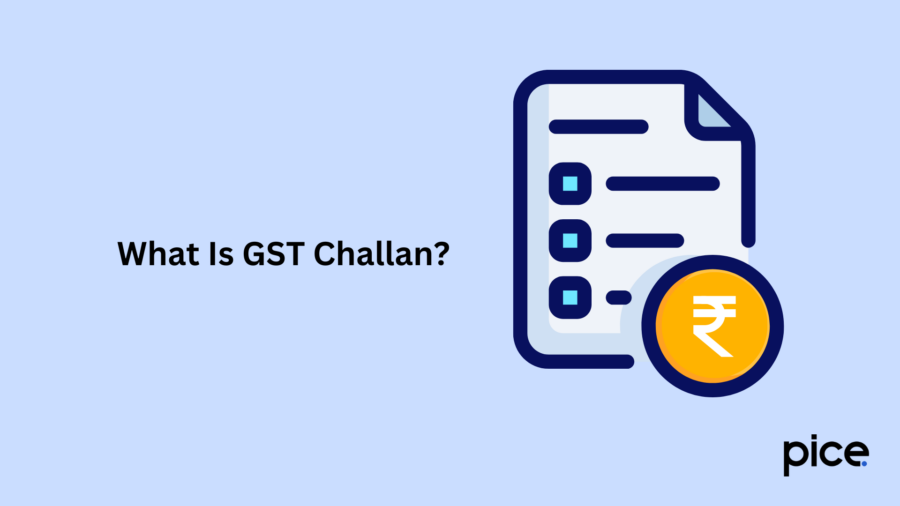
The GST challan is a digital form or document to pay GST dues. This form helps businesses with seamless payment of tax in a structured format. The GST challan, also known as PMT-06, is the initial step to making timely GST payments. Under the GST rules, taxpayers have to complete payment within 15 days from the date of GST challan generation.
Benefits of GST Challan Payment
Here are the benefits that you can reap by using GST challan:
- Easy Payment Process: Online GST challan for payment helps taxpayers pay taxes in the comfort of their homes.
- Secure Payment: Using GST challans can be safe and secure eliminating the possibility of fraud.
- Real-time Updates: Taxpayers can monitor the real-time status of payments and financial transactions, ensuring compliance with GST laws.
- Flexibility: As a taxpayer, you can choose a payment mode based on your convenience, such as NEFT, RTGS, credit or debit cards.
How to Generate GST Challan?
You need to follow the steps mentioned below to generate a GST challan:
Step 1: Navigate to the official GST portal and click on the ‘Services’ tab.
Step 2: Select ‘Payments’ and choose ‘Create Challan’.
Step 3: Enter the taxpayer’s details, such as name, GSTIN, tax type, and the tax amount to be paid.
Step 4: Select ‘Generate Challan’ for payment challan generation.
Step 5: Ensure to save the challan in PDF format or take a printout for future reference.
How to Make GST Payment Online and Track the Status?
You can follow the process mentioned below to make a GST challan payment online and track the status after payment:
Step 1: Visit the official GST portal.
Step 2: Go to the ‘Services’ option, choose ‘Payments’ and then ‘Create Challan’.
Step 3: Fill in the GSTIN (GST Identification Number).
Step 4: Fill in the necessary details as prompted on the display, such as the type of tax as CGST, SGST, and IGST.
Step 5: Select the payment method as debit or credit card or internet banking from the online payment methods options.
Step 6: Complete the payment on the secure payment gateway.
Step 7: To track the payment status, go to the ‘Track Payment Status’ and fill in the Challan Identification Number.
GST Challan Payment Through Net Banking
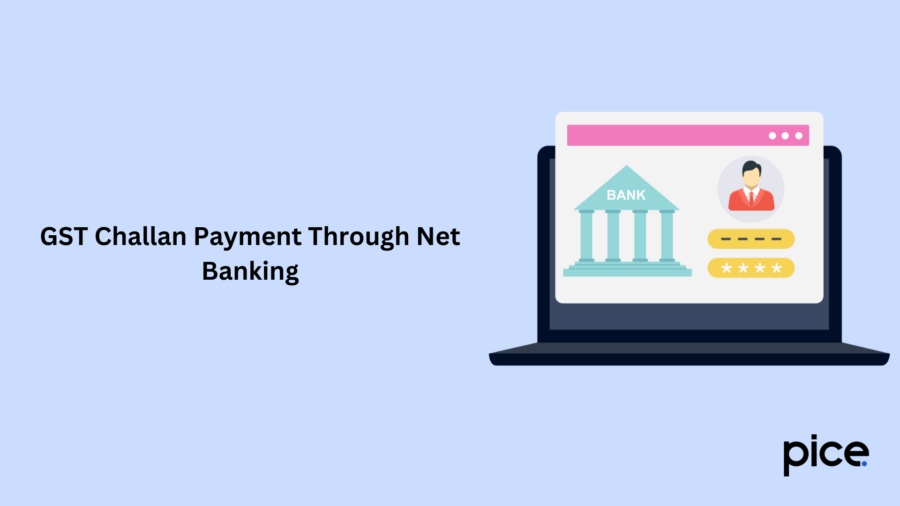
Here is how you can make GST challan payments using net banking:
Step 1: Visit your bank’s website and log in using your user credentials.
Step 2: Navigate to the payments section and choose ‘Tax Payments’.
Step 3: Select CGST, SGST, or IGST as the type of GST payment.
Step 4: Fill in the GSTIN, amount, and tax period.
Step 5: Fill in the GST challan number (Unique Identification Number) to complete the process.
Step 6: Make sure to save the transaction details for future reference.
GST Challan Payment Through NEFT/RTGS
You can follow the steps below to make a GST challan payment through NEFT or RTGS:
Step 1: Use valid credentials to log in to the GST portal.
Step 2: Go to the ‘Services Tab’ and choose the ‘Payments’ option from the drop-down list.
Step 3: Choose ‘Create Challan’ and fill in the necessary details, such as tax period, GSTIN, and tax type.
Step 4: Select ‘Generate Challan’ to see the preview.
Step 5: Choose ‘Generate GST Challan’ and select ‘NEFT/RTGS’ as the payment option.
Step 6: Ensure to download the challan to get the NEFT-RTGS details, such as the IFSC code and bank account number.
Step 7: Go to the bank's website and enter the required details for NEFT or RTGS payment.
Step 8: The payment will likely reflect on the GST portal after a few hours.
Step 9: Check the status of the payment to understand if it is accepted.
How to Make Offline Payment of GST Challan?
Here is an offline method that will guide you on how to make GST challan payments:
Step 1: Visit your bank branch and collect a GST challan copy.
Step 2: Enter the necessary details, such as tax period, tax type, and taxpayer’s GSTIN.
Step 3: Submit the filled-in challan along with cash or cheque at the bank.
Step 4: After successful payment acceptance, the concerned bank or branch will provide a copy of the GST challan with a stamp as an acknowledgement and proof of payment.
Step 5: Ensure you keep the payment acknowledgment or receipt of payment for the seamless GST return filing process and ITC (input tax credit) claims against the tax paid. This acknowledgement entails the payment details for taxpayers.
Step 6: You can track the GST payment status on the online GST portal after a few hours.
How to Search for Your Challan History?
Checking the challan history using the GST portal can be hassle-free if you follow the straightforward process mentioned below:
Step 1: Go to the homepage of your account on the GST portal.
Step 2: Click on the ‘Services’ tab then ‘Payment’ and finally ‘Challan History’.
Step 3: The screen will display the history for the concerned GSTIN.
What Is the Time Limit to Complete GST Payments?
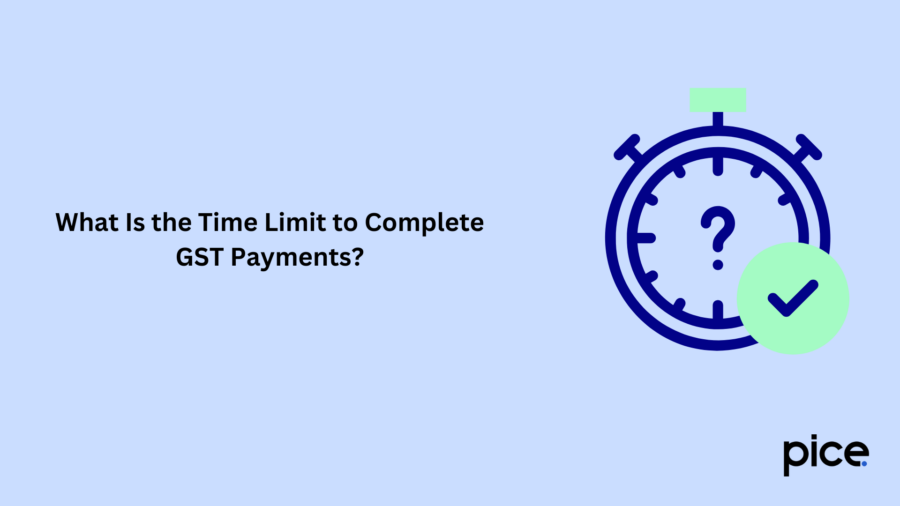
Here is the GST payment timeline after challan generation:
Online Payments: You need to pay immediately after challan generation.
Offline Payments: You need to complete your payment within 15 days from the date of challan generation.
GST Payment Due Dates for Different Taxpayers
Adhering to the GST payment due date aligned with the GSTR-3B return filing helps taxpayers avoid penalties and late fees. Here are the due dates for different taxpayers:
| Type of Taxpayer | Due Date for GST Payment |
| Regular Taxpayers | 20th of the following month |
| Composition Scheme | 18th of the month in the next quarter |
| Non-resident Taxpayers and Input Service Distributor (ISD) | 13th of the following month |
| TDS Deductor and TCS Collector | 10th of the following month |
Interest Rate and Applicability on Late GST Payment
The government levies an interest rate of 18% on taxpayers failing to pay GST within the due date. Taxpayers need to pay the interest in addition to their GST liability and other amounts payable under the GST regulations. The government further levies an 18% interest if a taxpayer has claimed an excess input tax credit (ITC) to reduce his/her tax liability.
Calculation of Interest on Late Payment of GST
To understand how to calculate the interest amount, consider the following scenario:
Mr X has a GST liability of ₹10,000 with a 20-day delay in GST payment. The applicable interest rate is 18%.
Here is how to calculate the interest amount for late GST payments:
Interest = Tax Amount * (Interest Rate / 100) * (Number of Days of Delay/ 365) = ₹10,000 * (18 / 100) * (20 / 365) = ₹98.63
Important GST Payment Forms
Here is a list of important GST payment forms:
| Form | Description | Explanation |
| GST PMT-01 | Electronic tax liability register | This register debits payments by taxpayers to the government such as taxes, fees, penalties, interest or additional dues. |
| GST PMT-02 | Electronic Credit Ledger | This ledger credits ITC based on self-assessment in monthly returns |
| GST PMT-03 | Refund is re-credited | Based on the authorised officer's order, the rejected refund is recredited to this register which was earlier debited from the electronic credit ledger or electronic cash ledger. |
| GST PMT-04 | Discrepancy in electronic credit ledger | It is a form used to notify an officer about mismatches in the electronic credit ledger. |
| GST PMT-05 | Electronic cash ledger | This ledger credits payments and deposits made by a taxpayer in cash. |
| GST PMT-06 | GST payment form | Taxpayers can use this form to pay CGST, SGST, IGST and cess in various payment modes such as NEFT/ RTGS, debit card or credit card and over the counter at designated banks. |
| GST PMT-07 | Grievance filing form for payment-related issues | If payment has been debited from a taxpayer's bank account; however the bank did not provide CIN or CIN has not been reported by the authorised bank after generation, taxpayers need to use this form to file grievances. |
Conclusion
Once you know how to generate a GST challan, you can seamlessly comply with the GST regulations. After generating the challan, you can make online GST payments by visiting the official GST portal with various modes of payment such as NEFT/RTGS and debit/credit card.
You can further consider offline payment mode with cash payment or payment using a demand draft or cheque at an authorised bank counter. Choose a convenient mode to make a faster payment and ensure that the entire GST payment experience is hassle-free.
💡If you want to streamline your payment and make GST payments, consider using the PICE App. Explore the PICE App today and take your business to new heights.
 By
By 





